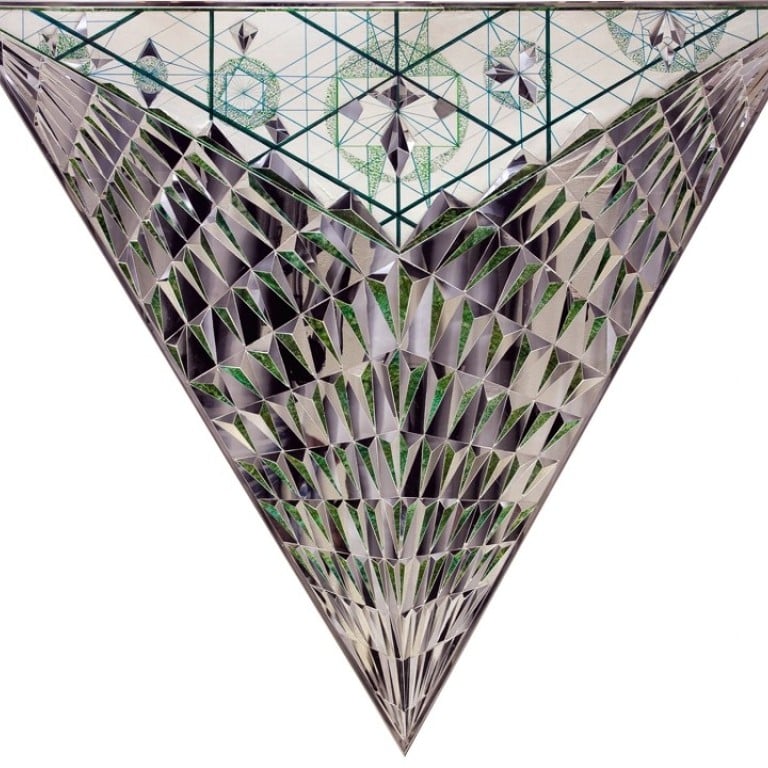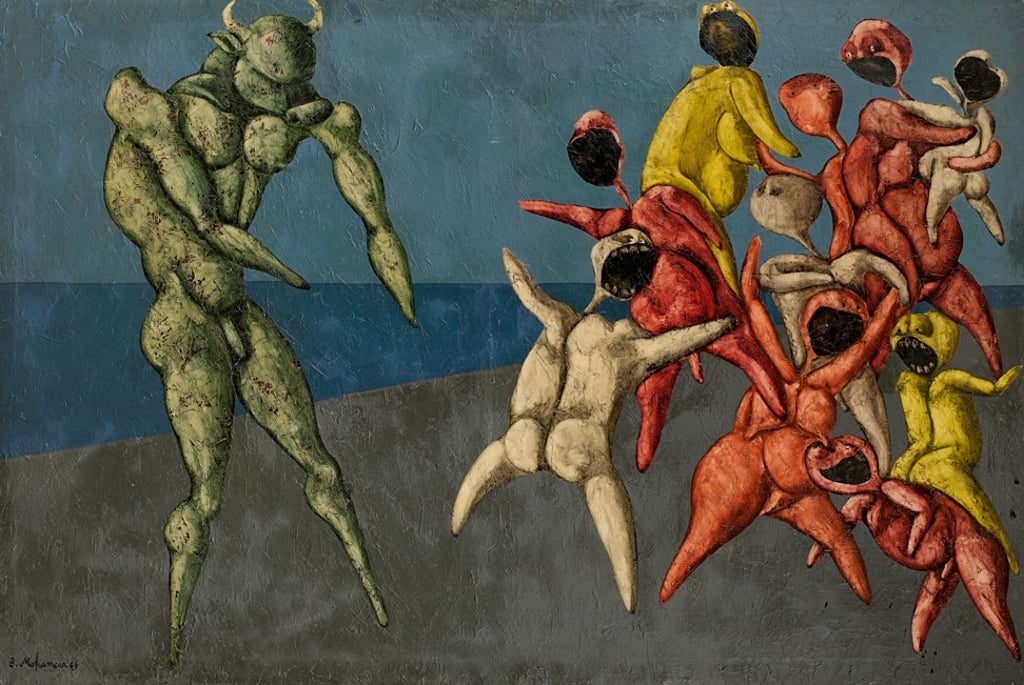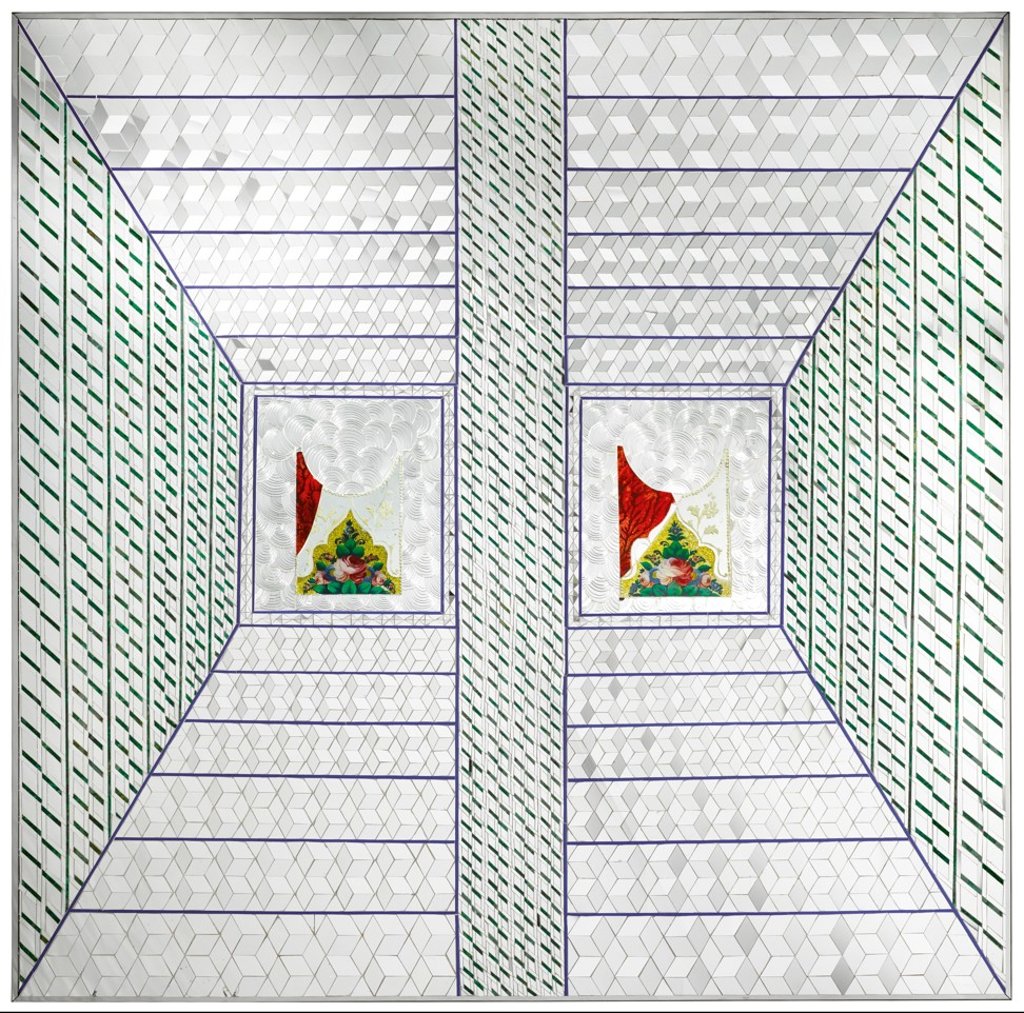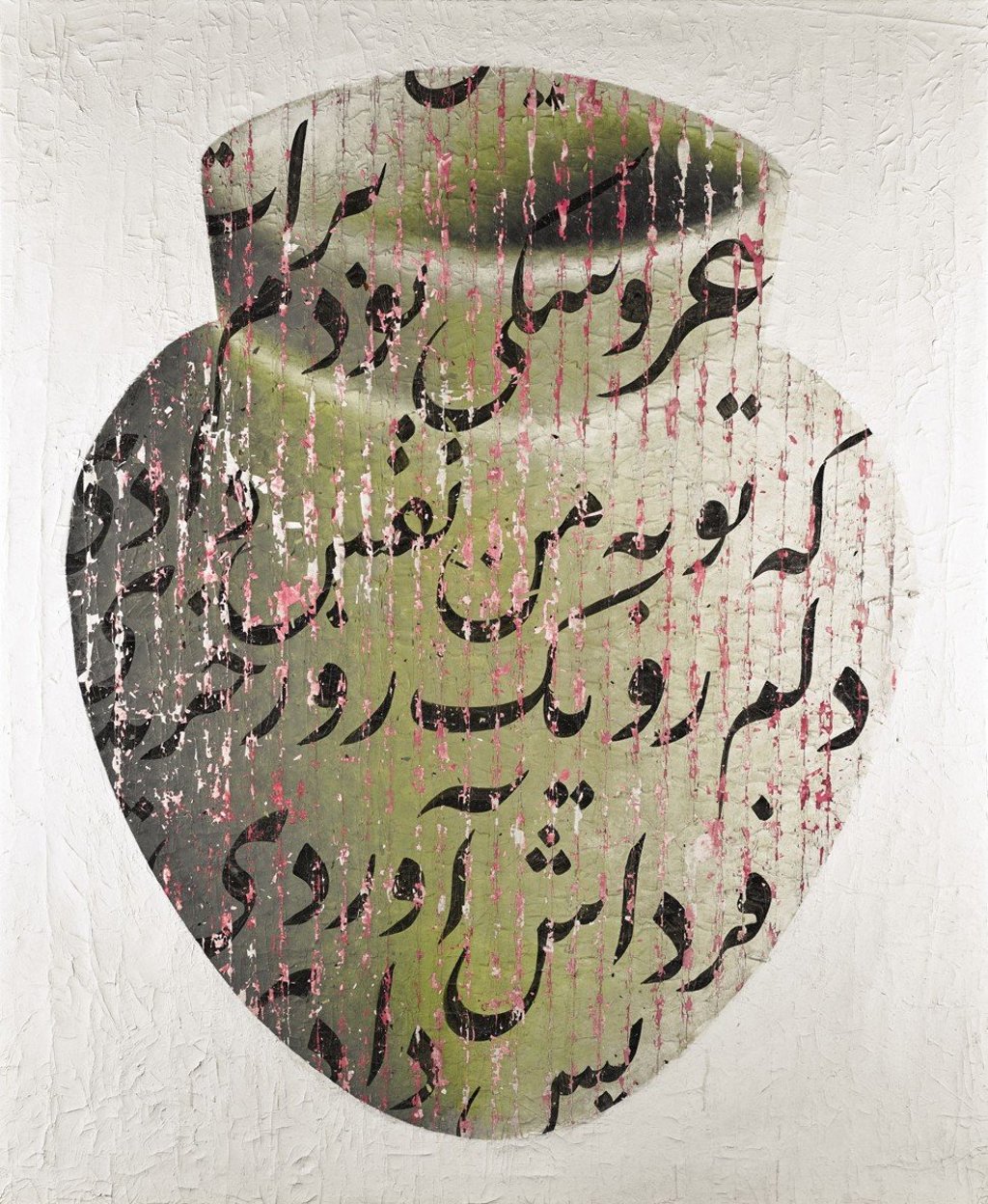Young Iranian artists are offering glimpses into the country's history with dark but striking works

The value of Iranian artworks has grown as they gain more exposure and fetch high prices in auctions
Even those who consider themselves well versed in art may not have heard of Bahman Mohasses. His striking, disturbing oil painting, Il Minotauro fa Paura alla Gente per Bene, painted in 1966, recently sold at auction for
US$765,306, almost double the estimate. Even a more recent name may not register – kaleidoscopic abstract expressionist Monir Farmanfarmaian – who last year saw an entire museum open, and dedicated to her work. This, it might be argued, is because they’re both Iranian. And Iranian art has for decades somewhat languished in the dark.
“For a long time after the 1979 revolution, the works of Iranian masters were undervalued and many were not even seen,” explains Nazila Noebashari, founder of the Aaran Gallery in Tehran – one of the 130 or so contemporary art galleries that have opened in the Iranian capital over recent years. “But since around 2000, a lot has happened and there’s been a growing exposure for Iranian art.”
Of course, she adds, there are – given the current climate – certain limitations. “The issue of what can and cannot be exhibited in Iran is delicate – we certainly don’t show nudes, for example. And there are certain red lines on political works [that cannot be crossed],” she says. “Yet, the local market is strong and is also being supported by the Iranian diaspora, who are very fond of what’s happening in their homeland – and the way the artists are able to compete with the world in general.”
Indeed, Iranian art – notable among art out of the Middle East – is on the up. Esteemed institutions such as LACMA (the Los Angeles County Museum) have led the way in building a large collection of Iranian contemporary art, as has the British Museum and the Metropolitan Museum in New York.
The Louvre Lens Museum in France is showing “The Rose Empire”, an exhibition of 19th-century Persian art. Last year, works by Iranian artists shone at auction house Sotheby’s, grossing over 60 per cent of the US$2.7 million generated by the 20th Century Art: Middle East auction; while the combined results of Tehran Auction, Christie’s, Bonham’s and Sotheby’s auctions produced a record-breaking US$11.9 million in sales of Iranian artists – the next largest single nationality was Egyptian, with just US$2.6 million.
“Since the 1960s, Iran has had strong fine art institutions, so there’s also a strong academic tradition there, but of course Iran has been largely closed to outside markets for 40 years since the Islamic revolution,” says Ashkan Baghestani, Sotheby’s head of sales for Arab and Iranian Modern and Contemporary Art. That’s made for a mystery that has intrigued, but there’s a desire too now to understand the current situation in Iran – and one way is through its dynamic, vibrant and still affordable contemporary art. Artists represented by galleries in Tehran still need greater opportunities to exhibit abroad. But that will happen.”


